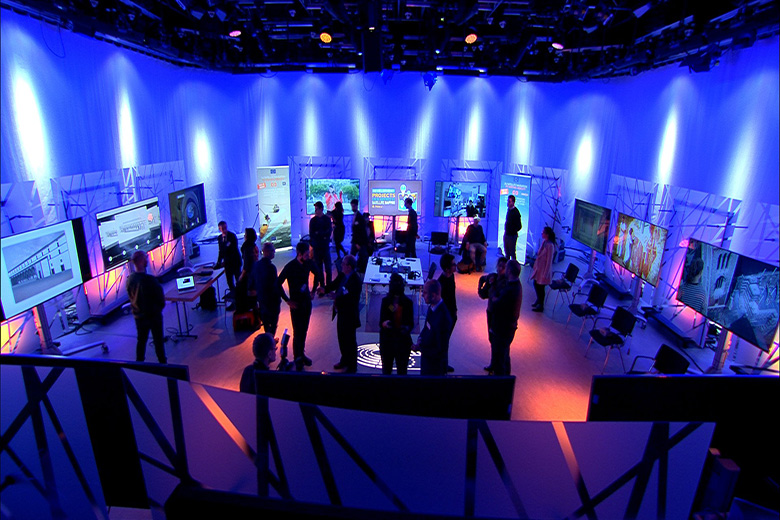
Dr Patryk Kot and Prof Andy Shaw were invited to demonstrate the state of the art digital technologies developed as a part of Horizon 2020 Project “DigiArt” funded by European Union (grant agreement 665066) during “The Digital Single Market- Achievements and Challenges?” event held at European Parliament.
DigiArt is aimed at providing a new, cost efficient solution to the capture, processing and display of cultural artefacts. The project will change the ways in which the public can interact with cultural objects and spaces. A team from Liverpool John Moores University is working with partners from Greece, Belgium, France, Switzerland and elsewhere in the UK to develop 3D capture systems, which will allow a deeper understanding of art using augmented/virtual reality technologies. It has been developed by a consortium of seven academic, industrial and museum partners: Liverpool John Moores University, The Centre for Research & Technology, Hellas (CERTH), Centre national de la recherche scientifique (CNRS), The Museum of the Royal Tombs of Aigai, Pix4D, Scladina Cave Archaeological Centre and Vulcan UAV Ltd.
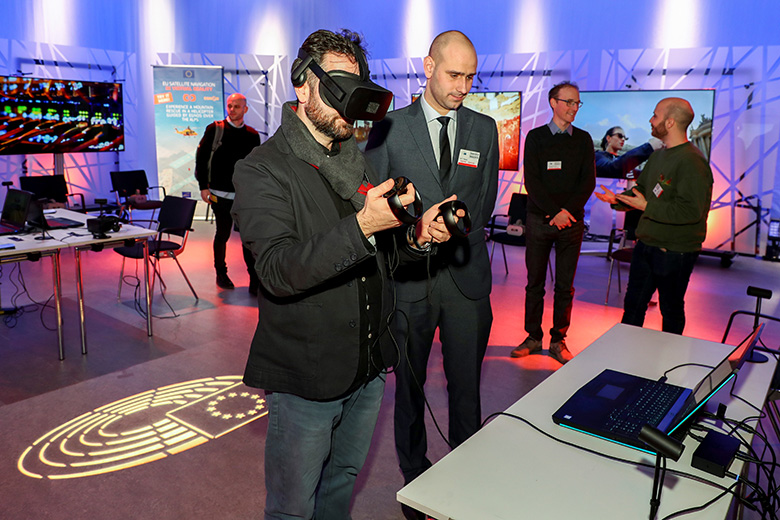
The event attracted around 70-100 journalist from the 28 member states to hear a successful stories of research projects. During the event, Journalist had an opportunity to explore the VR experience and ask questions related to demonstrated technology. DigiArt stand offered VR experience using Oculus Rift and two different scenarios. Firstly, Scaldina Cave, Namur where users could experience a tour inside of the Cave and hear the story related to the discovery of the cave, excavation progress among the years as well as interesting facts about findings of different artefacts. The second scenario demonstrated the virtual museum, which had a collection of 200 bones scanned using state of the art 3D techniques.
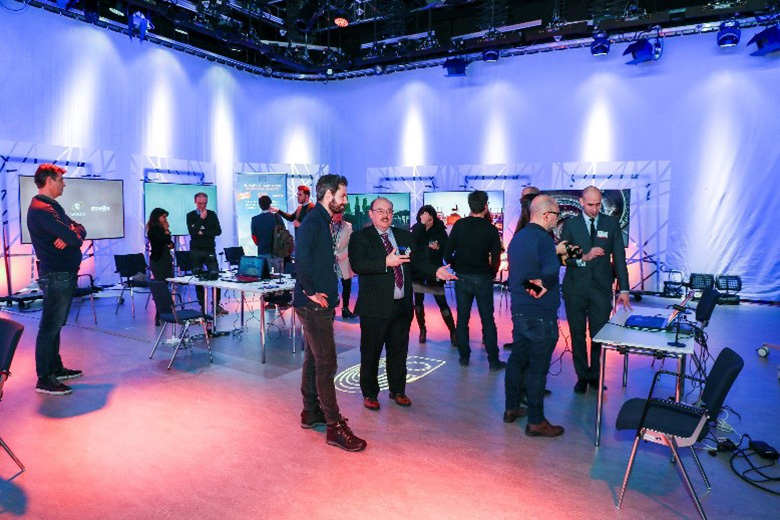
Users had a possibility to interact with the artefacts by moving, rotating and hear the stories related to the discovery, age of the artefacts. The story-telling engine was prepared by the university staff, curators and archaeologists. In addition, the demonstration included three TV screens that were demonstrating the resent project achievements including the 3D reconstruction of the Williamson Tunnels, Liverpool, The Palace of Aigai, Greece and 3d reconstruction experience using drones.
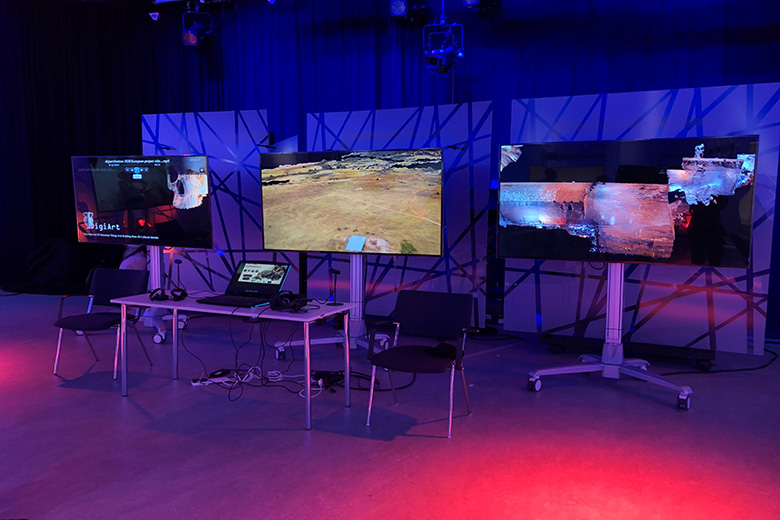
The demonstration attracted a lot of attention and interaction within visitors. The feedback from journalists on VR experience was very positive. The main feedback highlighted the opportunity to interact with the artefacts. The story-telling engine allowed enhancing the knowledge and experience. In addition, journalists highlighted that this is a fantastic tool for public and education of young people.
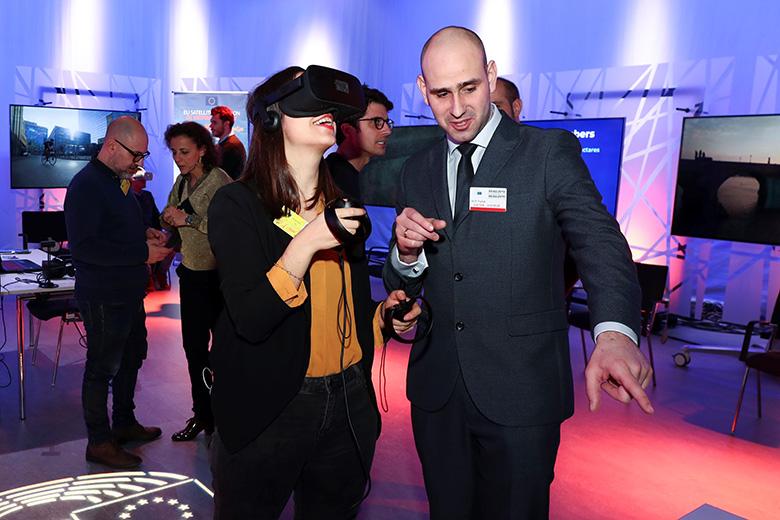
For more information go to https://mklab.iti.gr/digiart/
